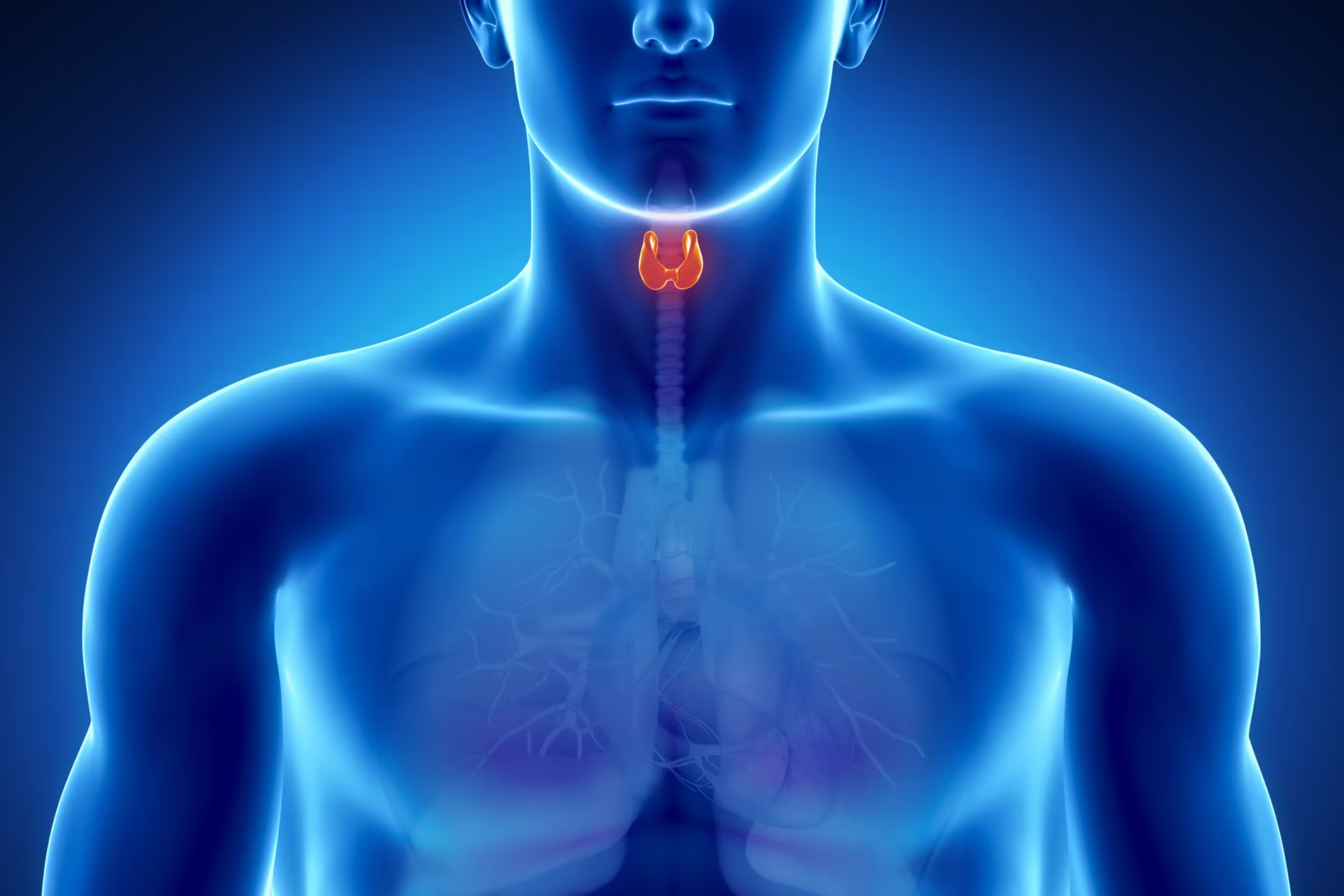We read, with great interest, the editorial entitled “Can Serum Cortisol be Used to Monitor Patients with COVID-19?”.1 The authors have discussed a novel concept regarding COVID-19; however, consideration for the practical implications of this approach seemed limited.
Cortisol is a stress hormone; hence, it is expected to be elevated in patients with infections.2 The greater the severity of infection, the more underlying stress and the higher the circulating cortisol levels. Accordingly, elevated serum cortisol has been found to be an independent predictor of adverse outcomes/mortality in patients with community-acquired pneumonia.2,3 Not surprisingly, a recently published study did show that higher serum cortisol was also associated with poor prognosis in patients with COVID-19. A multivariate analysis found that the doubling of serum cortisol was associated with a 42% increase in mortality after adjusting for age, comorbidities, and other laboratory tests.4 However, the study did not take into consideration the COVID-19 severity. Performing multivariate and survival analyses after adjusting for disease severity would have been reflective of the true predictive potential of cortisol.5 It could have been possible that after adjusting for disease severity, the association between serum cortisol and mortality in patients with COVID-19 might not have remained statistically significant.
The proposed role of serum cortisol in guiding glucocorticoid therapy in patients with COVID-19 is debatable and rather impractical. The landmark RECOVERY trial had shown that in hospitalized patients with COVID-19, the use of low-dose dexamethasone resulted in lower 28-day mortality among those who were receiving either invasive mechanical ventilation or oxygen alone.6 Thus, dexamethasone proved effective in patients with severe COVID-19; clearly, treatment was not based on serum cortisol levels. Guiding corticosteroid therapy based on serum cortisol levels might be beneficial in those with critical illness-related corticosteroid insufficiency (CIRCI), and there were initial concerns that COVID-19 could induce a state of hypocortisolism by molecular mimicry;7 however, as pointed out by Tan and colleagues, CIRCI is uncommon in the setting of COVID-19.8 Nevertheless, even in the context of CIRCI, given the unreliability of cortisol assays in critical illness, most physicians in routine clinical practice prefer to administer a short course of hydrocortisone in patients with septic shock who are vasopressor-dependent or refractory to fluid resuscitation, regardless of the serum cortisol levels.9 The Surviving Sepsis Campaign guidelines also recommend the use of intravenous hydrocortisone (200 mg/day) in patients with COVID-19 with refractory shock, without relying on serum cortisol levels.10
Thus, serum cortisol, being a stress hormone, is a measure of the underlying disease severity. The more severe the disease, the higher the circulating cortisol levels and the greater the chances of poor prognosis/mortality. Besides, guiding glucocorticoid therapy based on serum cortisol levels is an impractical proposition, and to date is not backed by robust evidence. We, therefore, conclude that routine measurement of serum cortisol in patients with COVID-19 is a futile endeavor and should be discouraged.







